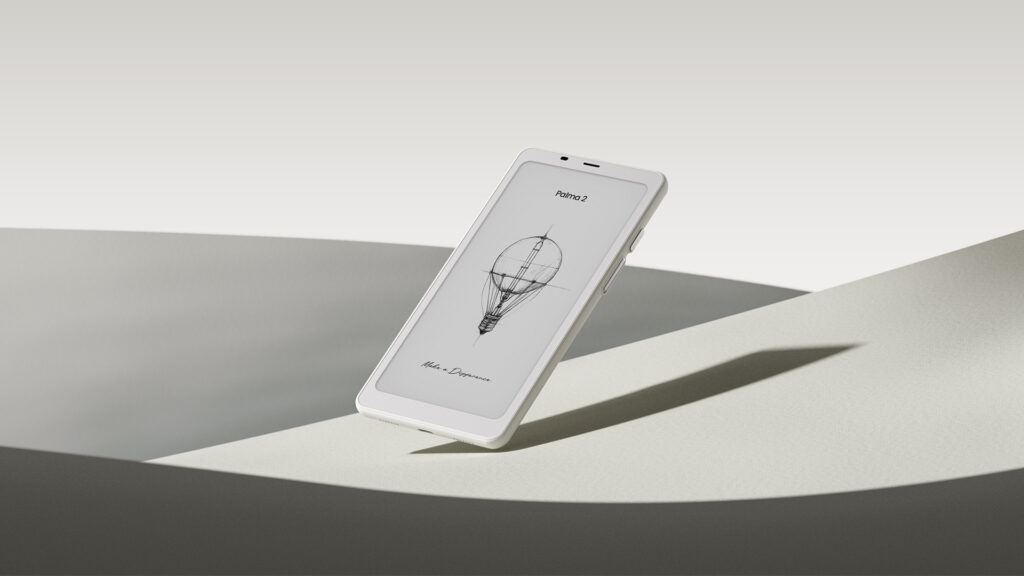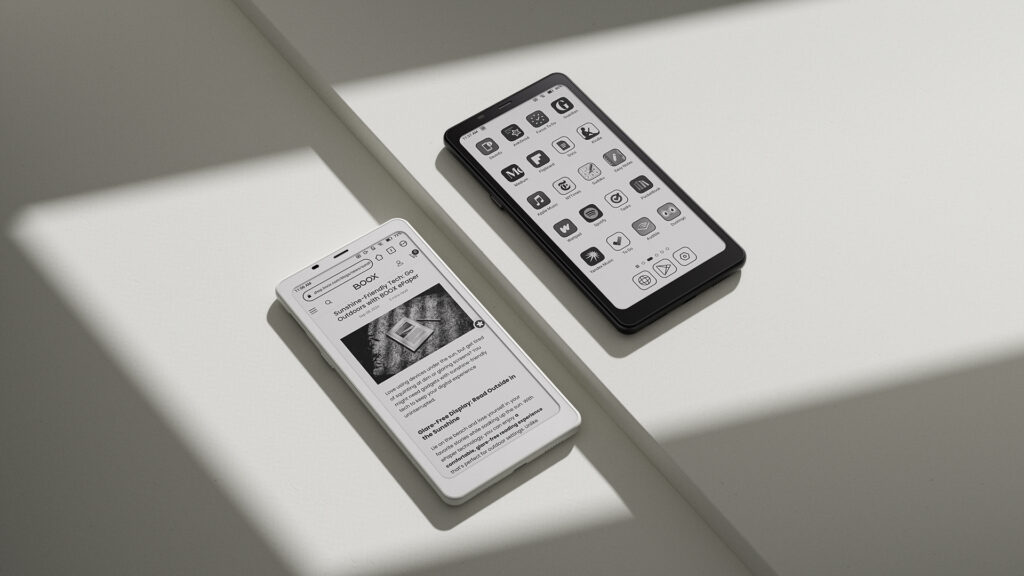High-tech products are rarely truly “trends.” When a community of people gets excited about a product and it becomes an instant sales success. iPhones always sell, and so do new PlayStations and Bose headphones. But a small e-reader from a relatively unknown company?
But that was the case with Boox Palma. The Boox Palma is a small device that has stolen the hearts of many in the tech press and tech geeks in general. Boox makes a variety of e-readers that compete with the Kindle, but Palma stands out with its unique form factor. So it’s basically just a phone. You can’t actually replace your phone because you can’t use a SIM card, but it runs Android, you can download the apps you want, and it looks and feels exactly like a smartphone. That’s apart from the screen, which uses the same eye-pleasing e-ink technology as the Kindle.
The new Boox Palma 2 is very similar and costs the same $280, but has an upgraded TK chip that is faster and adds a fingerprint scanner for login. Available for pre-order now.

Since I haven’t tried the new version, I can’t speak about performance improvements, but I can say from my experience with the previous version whether this device is right for you.
If you like reading PDF articles and e-books during your commute, this is just great. You can put your phone away and get a less-distracting reading experience when you’re on the go, and the backlight brightness can be adjusted so your eyes are always comfortable. Plus, since you’re just running Android, you don’t need to use Boox’s pre-installed apps, you can use whatever you like from the Play Store, and even read email newsletters.
However, personally, I was disappointed in the combination of software and screen. E-ink updates in a specific way by wiping and redrawing the screen. Companies like Remarkable are making sure this update is as smooth and system compliant as possible. But Boox can’t really do that because it just uses Android, and the operating system often interacts with Android in unpleasant and glitchy ways. Refresh rate and screen fidelity settings are very easy to tweak. I’ve talked to people who own Palmas and have them perfectly tuned to their liking. But in my case, I couldn’t find any settings that seemed to work as expected. This isn’t great for a page-by-page reading experience like a PDF or e-book, but it’s just generally unpleasant if you’re trying to read an email newsletter.
The Palma 2 used the same screen as the original Palma, but ran a slower chip and an older version of Android. Still, despite my complaints, none of this was a deal breaker. This is a really attractive little device, and it’s also reasonably priced. If you like reading on your Kindle while commuting, you should definitely give it a try.


